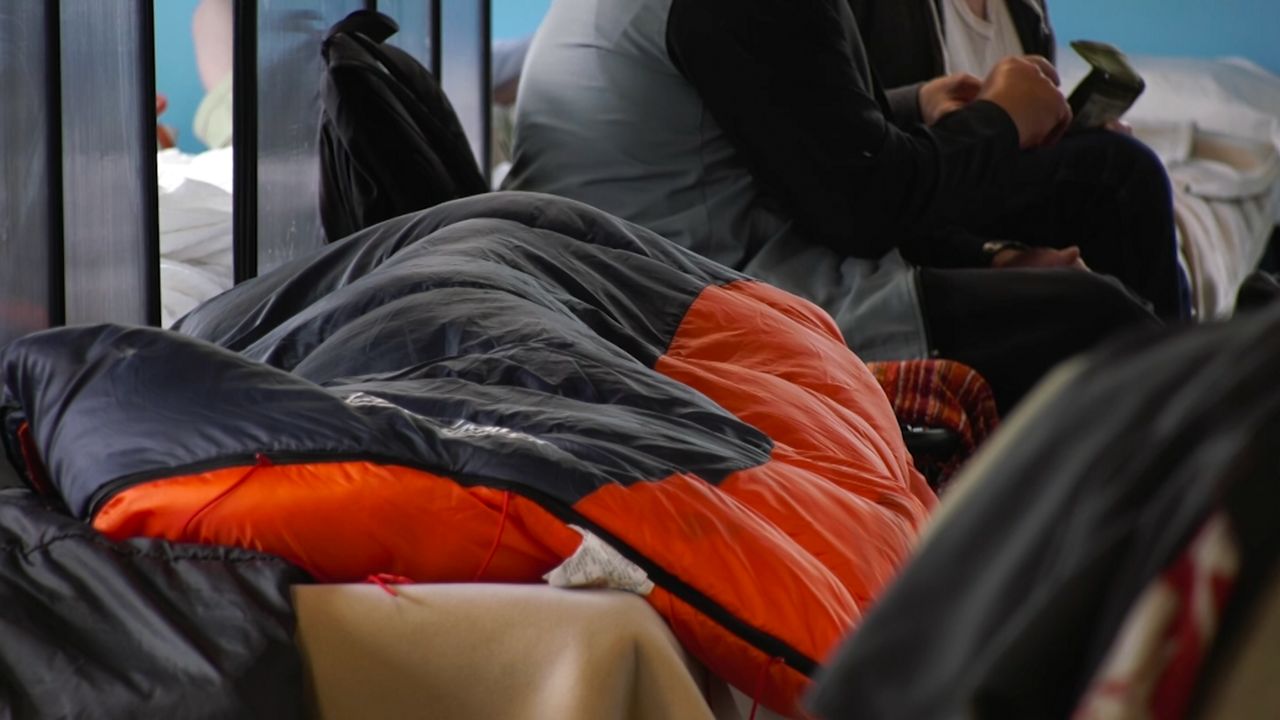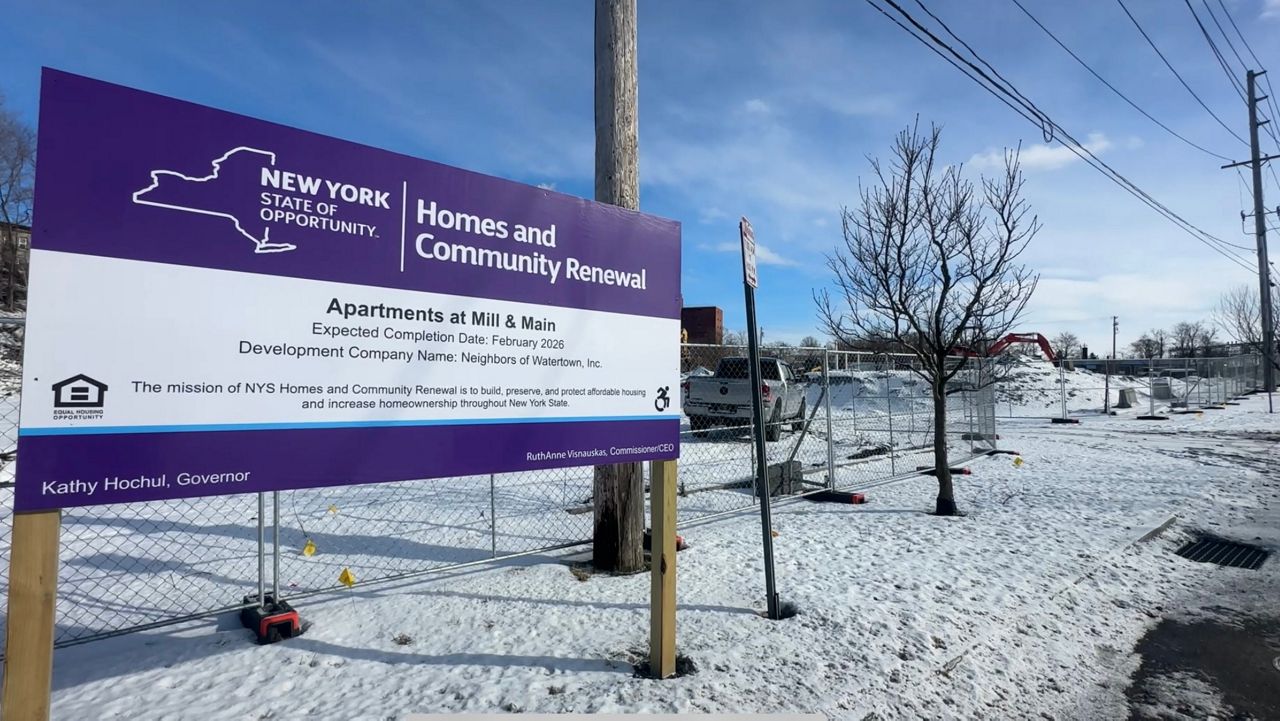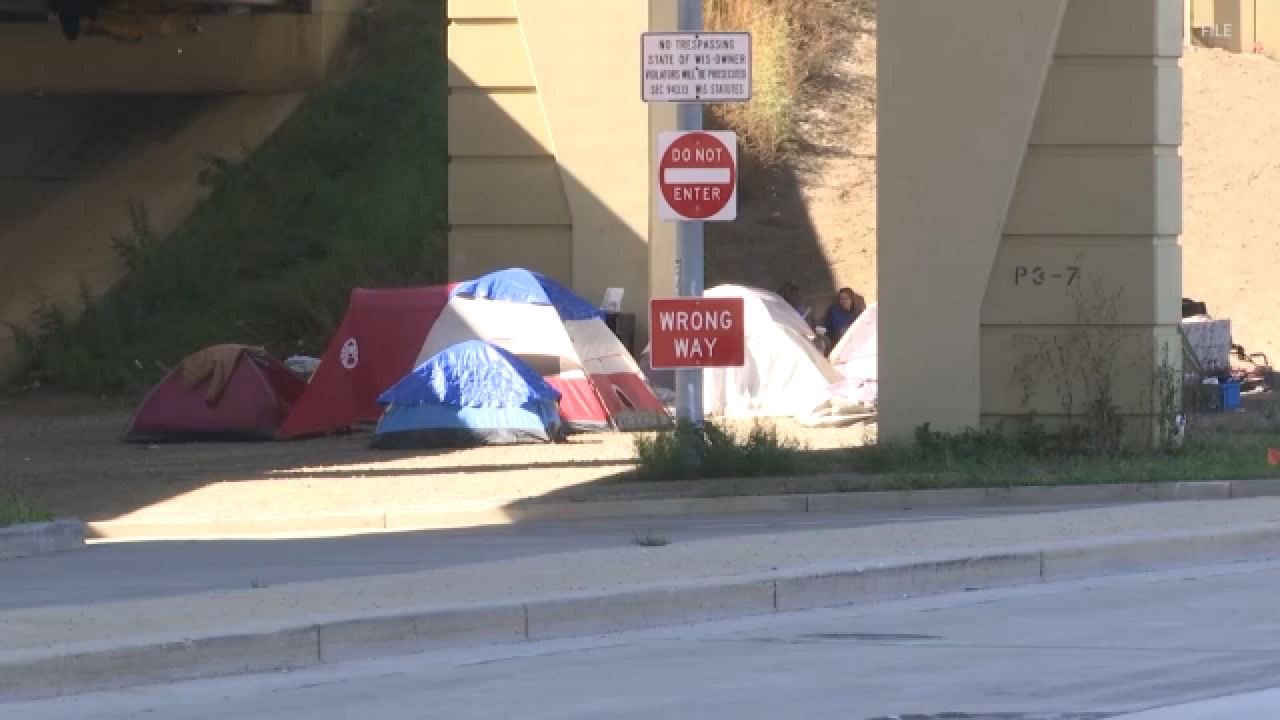Five out of every 1,000 New Yorkers are homeless, according to a recent report from the state Comptroller's Office. That number is more than double the national rate.
Spectrum News 1 looked into how counties in New York are working to get people off the streets and into homes.
Continuum of care, or COC, is a communitywide planning approach designed to promote the goal of ending homelessness. It’s typically a coalition of human service agencies from a given county or group of counties as designated by the U.S. Department of Housing and Urban Development (HUD).
While the approach is applauded by most advocates, there are challenges and they vary from place to place.
“Part of the philosophy with continuum of care is there is no wrong door,” said Maggie Fronk, CEO of Wellspring.
Collaboration is among the most appreciated takeaways from COC.
“The health of a community is determined by how we treat our most vulnerable,” Fronk said.
Right now, the federal government considers rent costing 30% or less of one’s income as affordable.
“There are actually multiple definitions of what would be considered affordable housing,” said Lindsey Connors, housing and support services associate executive director at RISE.
Advocates say those definitions vary from county to county, which is not always taken into consideration by HUD.
“When they look at income for Saratoga, they’re also looking at the income and availability of apartments in Albany, Troy and Schenectady,” Connors said.
Advocates say it’s detrimental to their work in transitioning an individual out of a shelter.
“We have to find apartments within the fair market rent, and that can be very, very difficult,” Fronk said.
Not to mention an apartment near a reliable transportation.
“There are very limited areas in our county that are on a bus line and finding affordable housing there can take us months,” Fronk said.
The lack of infrastructure is another hurdle that appears to be more common across all COCs.
“The number of straight homeless folks doubled since last year,” said Amy LaFountain, executive director of Joseph’s House & Shelter.
LaFountain leads a human services organization working to create relationships with it’s local housing authority and landlords to ensure a variety of options.
“Not every housing situation is going to have a white-picket fence around it, but we need rooming houses, we need programs, we need vouchers, we need affordable apartments,” LaFountain said.
Homeless advocates also say there needs to be more work put into community education when it comes to homelessness.
“I think when we look at the systemic, the conversation can shift because it’s less about personal choice and more about the systems at play in our communities,” said Kristen Giroux, COO of the Interfaith Partnership for the Homeless.
Some organizations are trying to find alternative sources of funding and more municipal support.
“When we’re talking about things, like the idea of inclusionary zoning comes up again, that would be something we’d jump on and support,” Connors said.
Asked about some of the concerns raised, HUD didn’t address any of them directly, but pointed to how it’s expanded housing vouchers and the agency’s ability to certify an individual’s eligibility for such assistance.





_Cropped?wid=320&hei=180&$wide-bg$)



)